Upturned Nose: Causes and Correction Procedures
Facial Plastic Surgery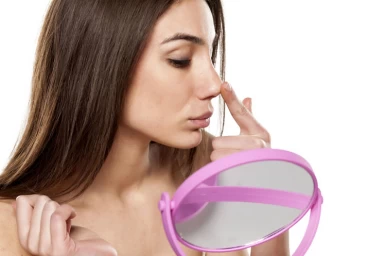
The nose is one of the most prominent features on our face and plays a significant role in our overall appearance. One of the most distinct nose types is the upturned nose, also known as the piggy nose or pixie nose, where the tip of the nose angles upwards.
Although this type of nose shape does not cause medical issues, it may make the nose look shorter, narrower, and less proportioned with other facial features. Several factors can contribute to an upturned nose, including genetics, trauma, and cosmetic procedures. Some people are born with an upturned nose due to their genetic makeup, while others may develop it over time due to an injury or surgery. This type of nose shape is often seen as cute or youthful but can also be seen as less refined or elegant in some cultural contexts.
Upturned noses are often associated with certain ethnicities, such as African, Asian, and Mediterranean descent. The nose types of these groups tend to be smaller, with a more defined bridge and a slightly upturned tip.
This article will explore the causes and correction procedures associated with upturned noses. We will examine the various surgical and non-surgical techniques used to address an upturned nose, including rhinoplasty and other corrective measures. By understanding the causes and available correction procedures comprehensively, we aim to provide valuable insights into this common cosmetic concern and empower individuals seeking to enhance their nasal appearance.
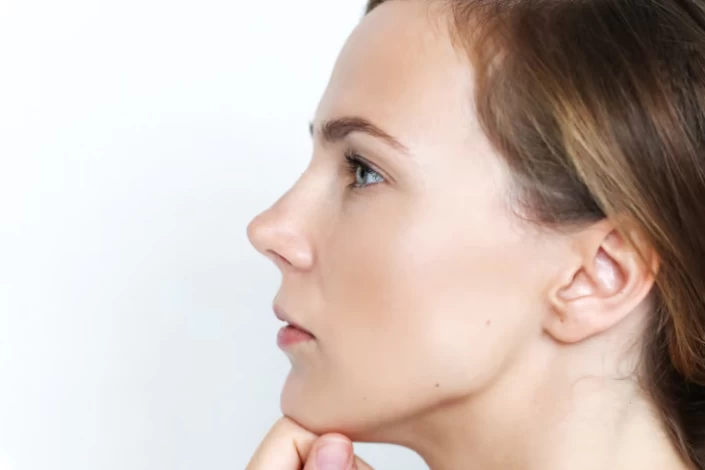
What Is an Upturned Nose?
An upturned nose is a type of nose shape where the tip of the nose is lifted or turned upward, giving the appearance that the nostrils are more visible than usual. It is also known as a "piggy nose" or "button nose." An upturned nose can be a natural feature or created through rhinoplasty surgery. Some people consider it a desirable feature, but others may feel self-conscious about it. The appearance of an upturned nose can vary from person to person, depending on the nose's shape and size and the tip's angle.
Regarding medical concerns, upturned noses may occasionally result in breathing issues. This is due to the upward tilt of the nasal tip, which can narrow the nasal passage and cause greater resistance to airflow.
When it comes to addressing an upturned nose, there are both surgical and non-surgical approaches available. First, let's explore how to fix an upturned nose with rhinoplasty procedures.
Upturned Nose Rhinoplasty
If you are unhappy with how your nose looks, rhinoplasty or a nose job is one of the best options because of its dramatic and permanent results. Correcting an upward nasal tip is challenging as it involves placing a bone or cartilage graft at the bottom of the septum to make the nose look longer and wider. The surgeon can use artificial or natural grafts taken from ribs or ears.
A nose job on an upturned nose is mainly done under general anesthesia and has a two-week recovery period involving moderate pain, swelling, and bruising. Although both open and closed techniques can be used during this operation, most surgeons prefer open rhinoplasty as they have more access to the nose's internal structure.
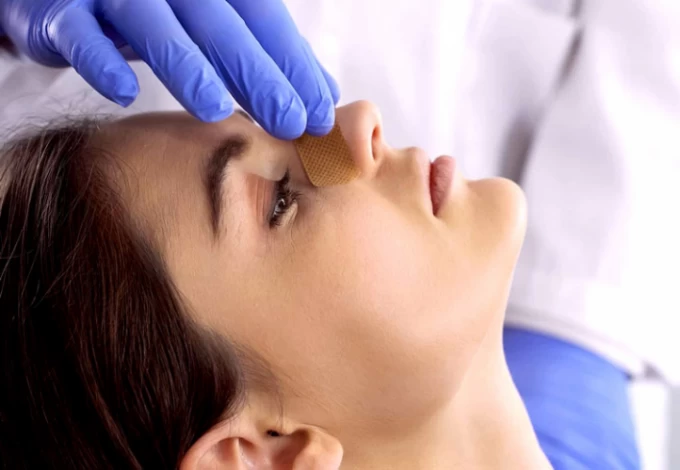
Before the Upturned Nose Rhinoplasty
Before undergoing an upturned nose rhinoplasty, it is important to consult with a qualified plastic surgeon to discuss your goals and expectations. Additionally, it's essential to understand the pre-op preparations for the surgery. A thorough evaluation of your overall health and medical history will also be necessary to ensure that you are a suitable candidate for the surgery.
During the Upturned Nose Surgery
During the upturned nose rhinoplasty, the plastic surgeon will typically make incisions inside the nostrils or on the underside of the nose to access the nasal structure. The surgeon will then reshape the cartilage and bone to adjust the angle of the nasal tip using a microscopic tool and create a more balanced and natural-looking appearance.
The procedure may also involve adding cartilage grafts to provide support and achieve the desired shape. Once the bones and cartilage of your nose have been reconstructed, the incisions are closed, and the nose is bandaged to support the new shape during the initial stages of healing.
The entire procedure typically lasts between 3 to 5 hours, depending on the complexity of your case.
Nose Job on Upturned Nose: Recovery
The procedure and recovery time of a nose job on an upturned nose is the same as standard rhinoplasty. Depending on your skin type and how well you take care of your nose during recovery, it takes six to 12 months for your nose to recover fully. Fortunately, most swelling and bruising subsides within three months following the operation, but you need to wait at least a year to see the final results of your surgery.If you still have an upturned nose six months after rhinoplasty, it's possible that this was the intended outcome of the surgery. However, if you're unhappy with the appearance of your nose, it's essential to speak with your surgeon about your concerns.
During an upturned nose rhinoplasty recovery period, consideration of the following points must be taken into account:
- Apply a cold compress under your eyes and on your forehead to minimize the swelling and bruising;
- Avoid any activity that applies pressure on your nose or strains its sutures;
- Avoid direct sun exposure;
- Use contact lenses instead of eyeglasses;
- Do not blow your nose;
- Avoid allergens and airborne particles that make you cough or sneeze;
- Take your prescribed antibiotics to prevent infection;
- Avoid wearing makeup for at least six weeks;
- Avoid smoking and drinking for three months after the surgery;
- Take OTC medications if you have severe pain or nausea;
- Refrain from taking aspirin, herbal supplements, and unprescribed dietary supplements, as they may interfere with your wound healing process.
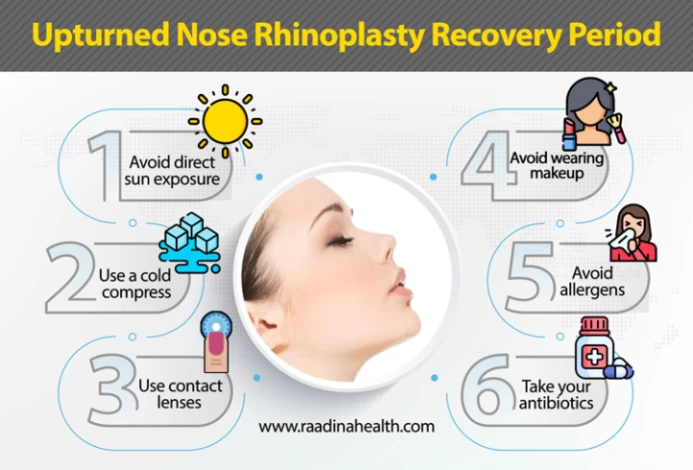
Nonsurgical Rhinoplasty on Upturned Nose
If you prefer not to undergo surgery, use the following techniques to make your nose look less projected. Remember that these methods will only eliminate your problem for a short time, while the piggy nose rhinoplasty is the only permanent solution.
Use makeup products: You can use makeup products to contour your nose and make it look longer. Also, you can draw everyone's attention to your other facial features by using smoky eyeshadows, shiny lipsticks, highlighters, etc.
Get a nonsurgical nose job with injectable fillers: Non-surgical rhinoplasty involves injecting gel-like substances such as hyaluronic acid into different nose parts to make its tip less projected. After injecting fillers, the surgeon forms the gel with his/her hands and changes the shape of your nose based on your taste. This non-invasive method takes less than an hour; its recovery period is 24 to 48 hours, and it has minimal complications (rare necrosis and nerve damage). However, its results are not permanent, and you have to repeat the procedure every 12 to 18 months.
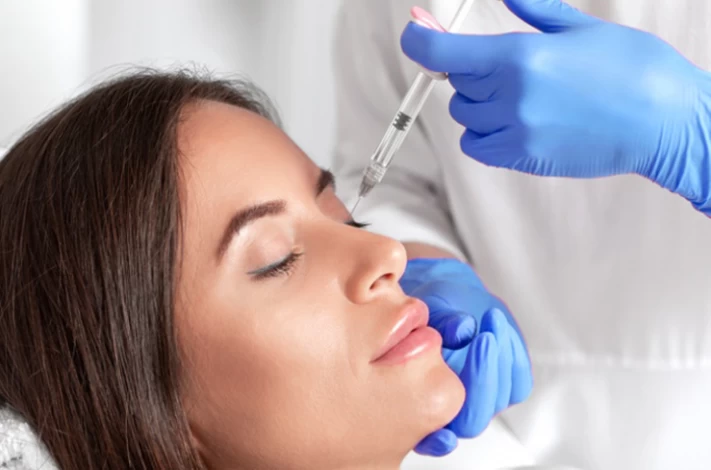
Upturned Nose After Rhinoplasty Surgery
A nasal tip with a dramatic upward angle is a rare complication of rhinoplasty because most surgeons try their best to make the nose look natural. However, despite many consultation sessions and the surgeon's best efforts, sometimes a piggy nose occurs after rhinoplasty surgery. If a large cartilage and bone are removed from the nose, the nasal tip turns upwards, and the nostrils become more apparent. If you do end up with a piggy nose after rhinoplasty, revision surgery may be necessary to correct the issue.
Remember that upturned nose revision rhinoplasty is more complicated than initial rhinoplasty, as the surgeon has to make incisions on the scarred tissues and add grafts to the manipulated cartilage. Therefore, finding a credible and reputable surgeon for the first nose job is necessary to prevent further complications.
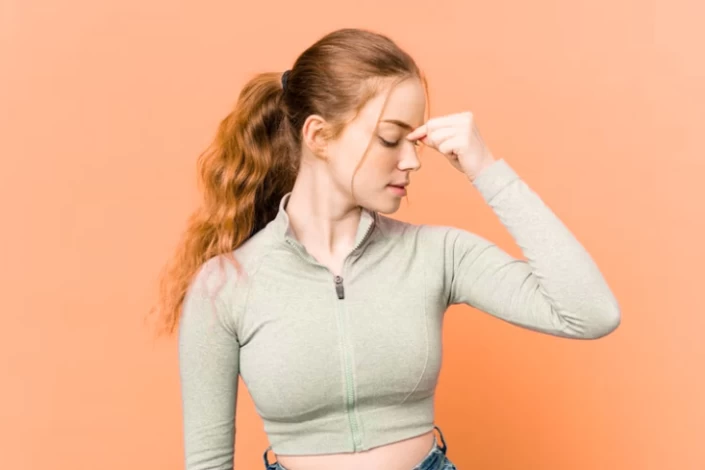
What Are the Causes of an Upturned Nose?
Many factors, from genetics to an unsuccessful nose job, can cause the tip of the nose to point upwards. In the following, we mention four main causes of an upturned nose.
- Genetics
Like other parts of the body, the shape and size of the nose highly depend on your genetic heritage and the environment that your ancestors lived in.
- Trauma and injuries
Breaking the nasal bone during an injury or severe trauma such as falling, being hit in the nose during ball sports or contact, a car crash, being punched in the face, and walking into a hard object (such as a glass door) can alter the shape of your nose and make it look upturned.
- Failed rhinoplasty
In some nose surgeries, where the surgeon is not experienced enough or the patient's expectations are unclear, the nose may get too short and upturned.
- Birth defects
Despite being rare, some gene mutations can negatively affect the development of facial features.
Why Iran for Rhinoplasty?
Iran has gained recognition as a leading destination for medical tourism, particularly for cosmetic surgeries, including nose jobs. The country is known for its highly skilled and experienced plastic surgeons who perform cosmetic procedures at a lower cost than many other countries.
Many patients from different parts of the world travel to Iran to undergo rhinoplasty due to the reputation of Iranian surgeons and the affordability of the procedure. The high demand for rhinoplasty in Iran has also led to advancements in techniques and technologies in cosmetic surgery.
If you are seeking a skilled and experienced surgeon to transform your upturned nose and enhance your facial harmony, look no further than Iran, the destination renowned for its exceptional expertise in rhinoplasty. Contact us today to schedule a consultation and take the first step toward your ideal upturned nose rhinoplasty in Iran. Your dream nose awaits!
FAQs About Upturned Nose Rhinoplasty
1) Is an upturned nose attractive?
An upturned or piggy nose is one of the most attractive nasal shapes for women, but most men find Roman or Greek noses attractive for their gender.
2) Does upturned nose rhinoplasty have any risks?
This surgery is quite safe and usually does not cause serious health problems; however, in some rare cases, it may cause damage to the nasal septum, breathing issues, and chronic infection.
3) Is revision rhinoplasty for an upturned nose worth it?
If you are dissatisfied with the results of your primary nose job, revision rhinoplasty is totally worth it as it can improve the function and shape of your nose. However, make a mental note that you should wait at least a year for the swelling to go down before getting an upturned nose revision.
4) How long does an upturned nose last after rhinoplasty?
The nasal tip has thicker skin and is more prone to swelling, so it takes at least eight or six months after rhinoplasty up to 12 months until the inflammation goes down.
5) Will an upturned nose drop after rhinoplasty?
The short answer is yes. The nasal tip drops gradually once the swelling goes down and the cartilage settles in its new position.
6) How do you fix an upturned nose?
The best and most permanent treatment for an upturned nose is rhinoplasty, but you can also try nonsurgical methods such as injecting fillers and using makeup products.

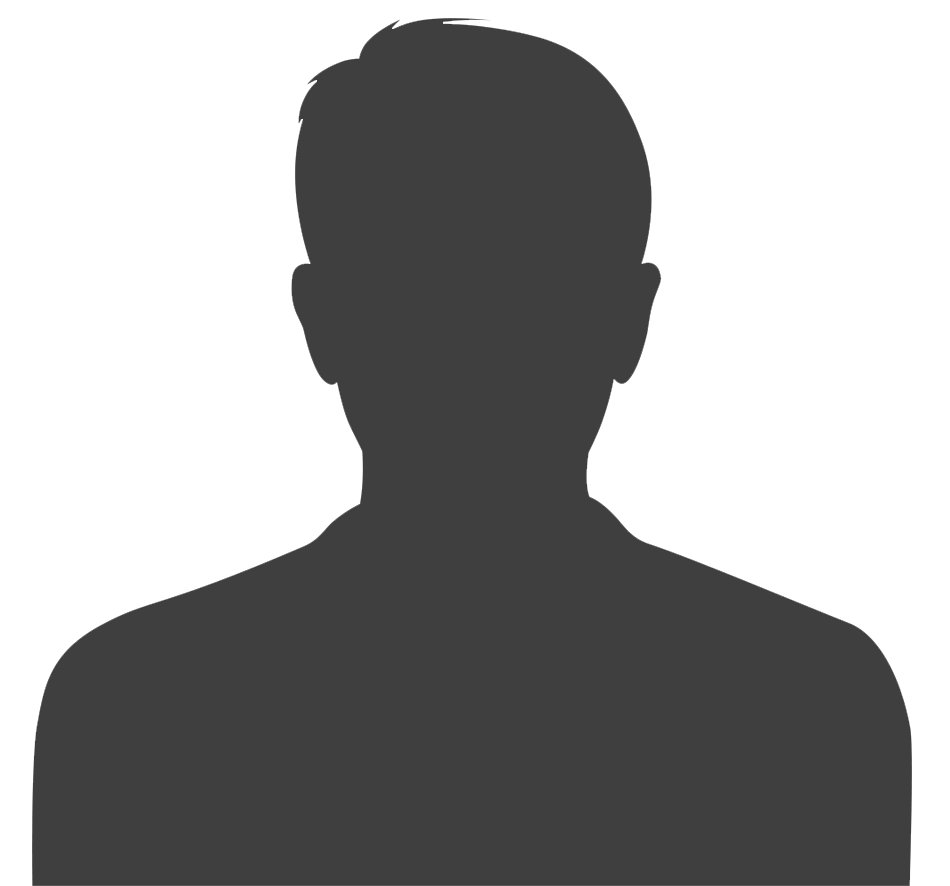
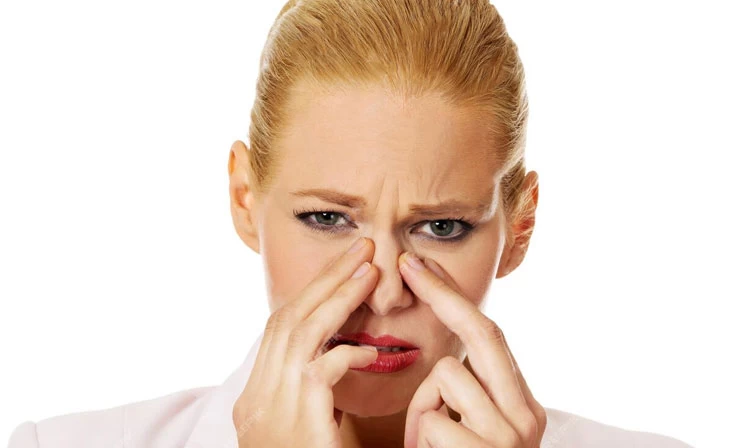
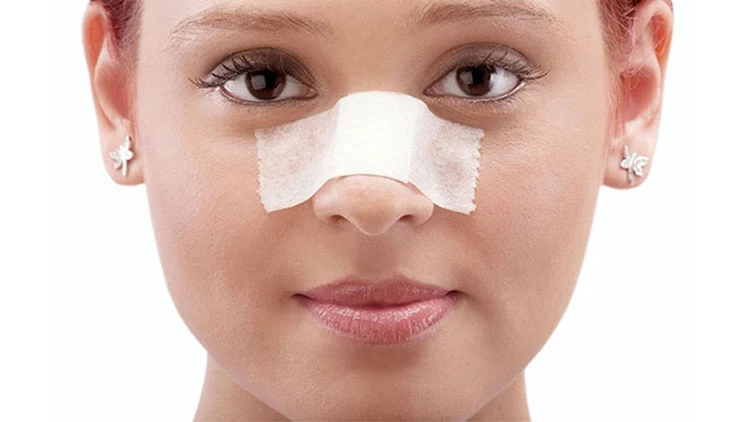
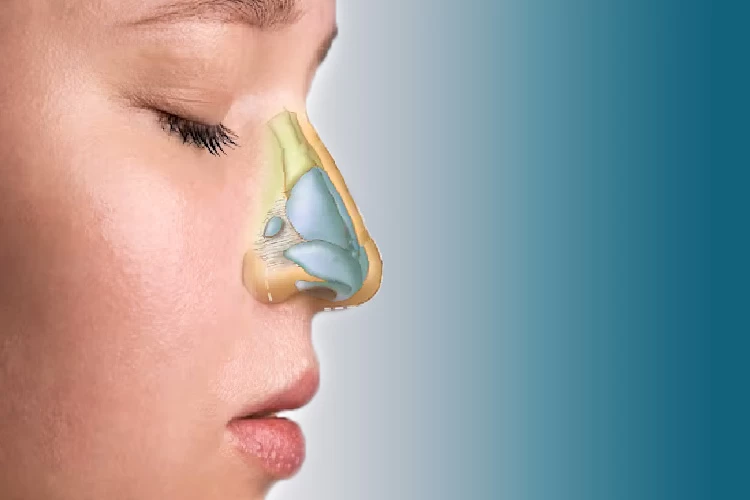
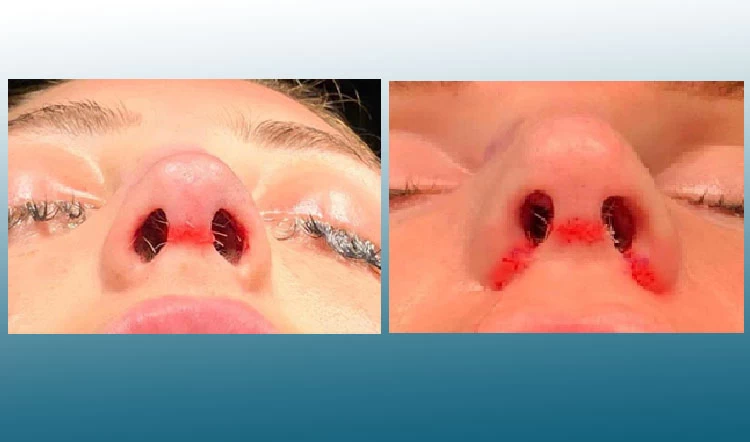
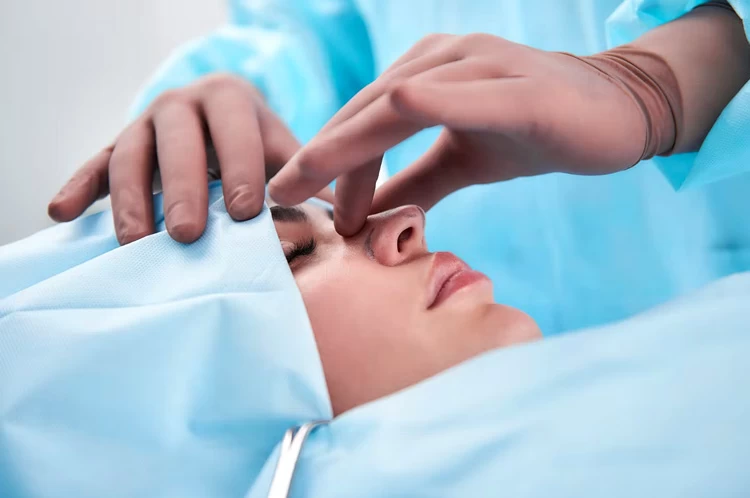
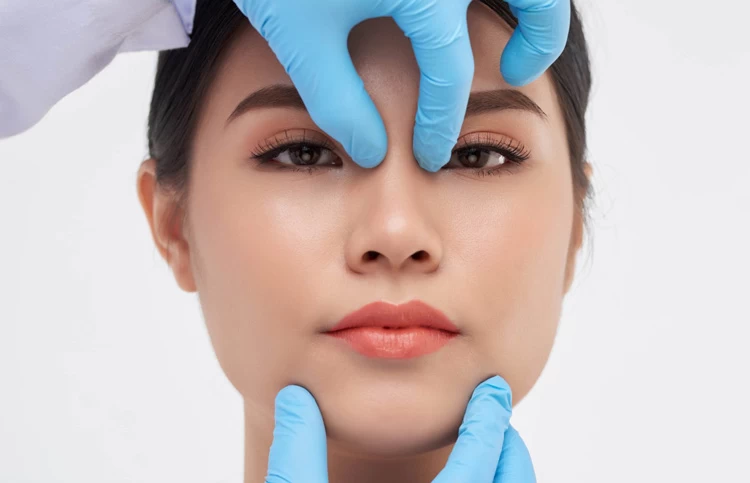
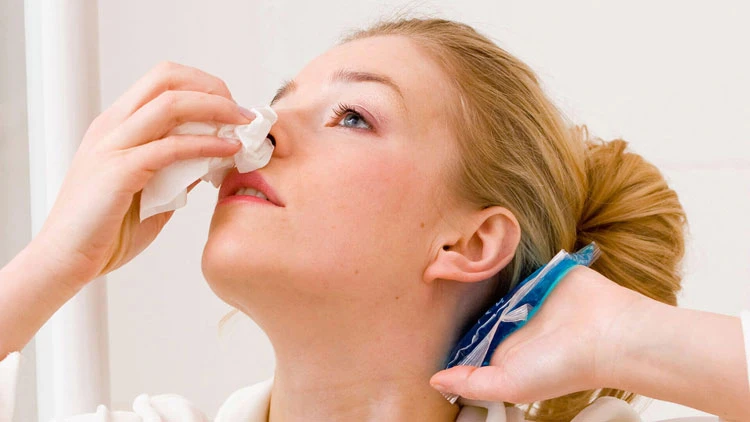

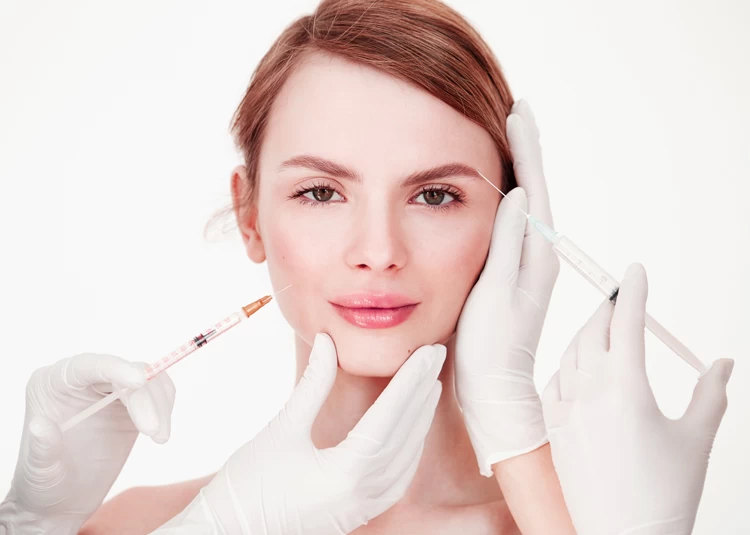
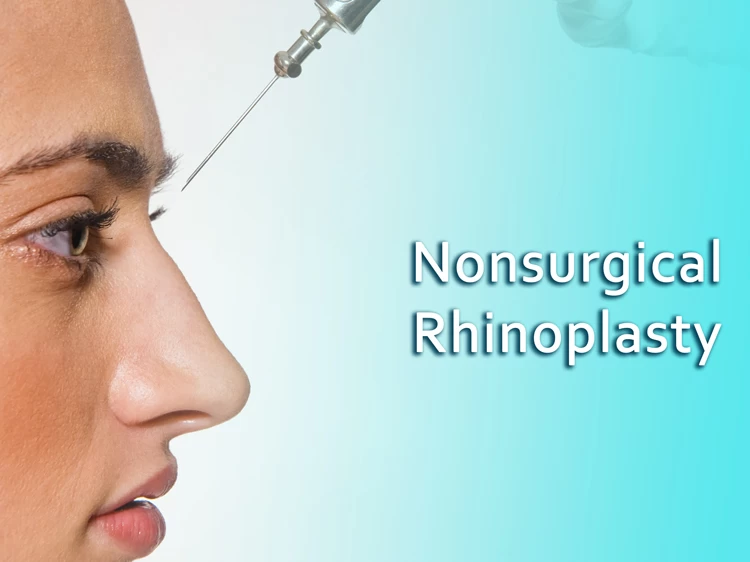
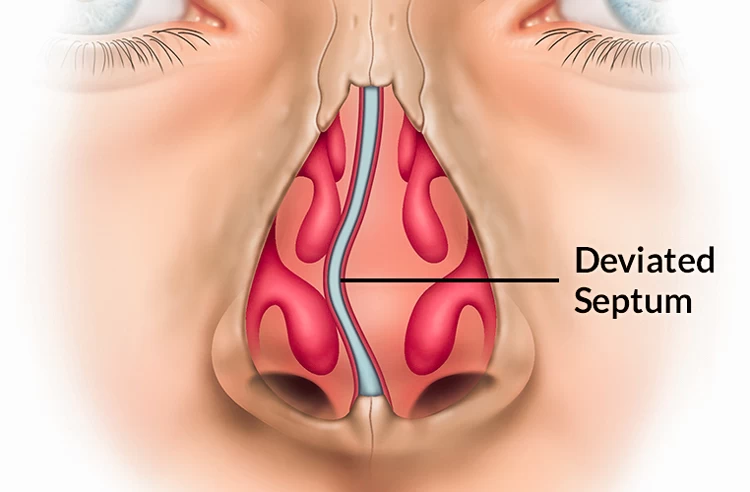
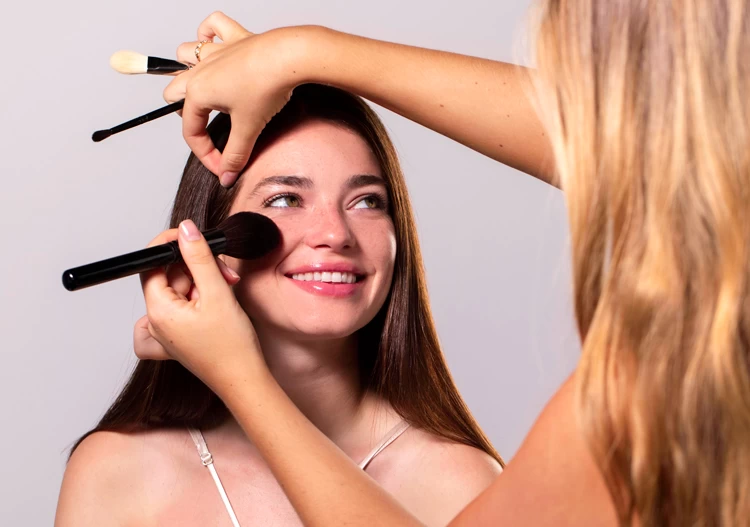
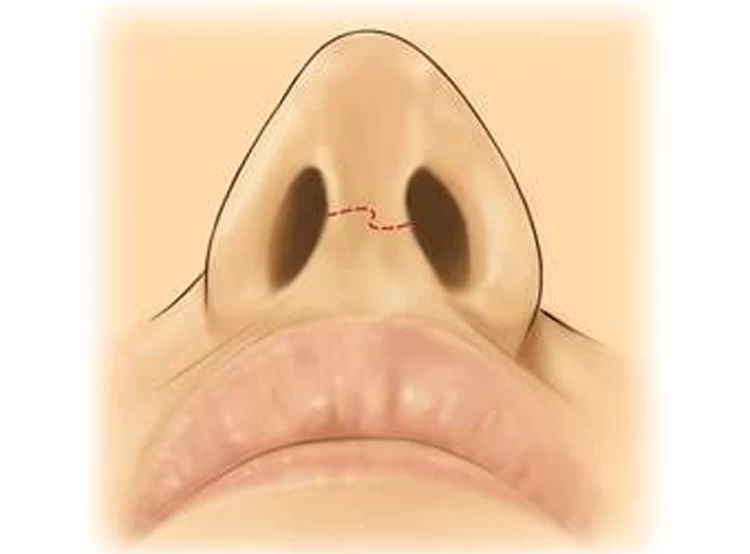
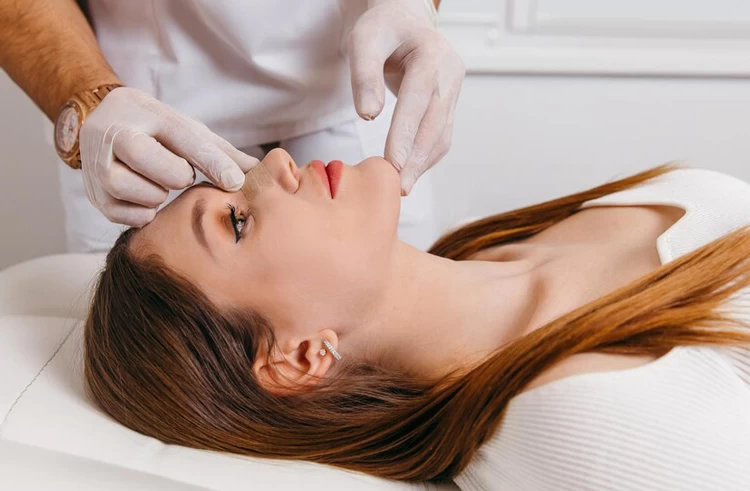


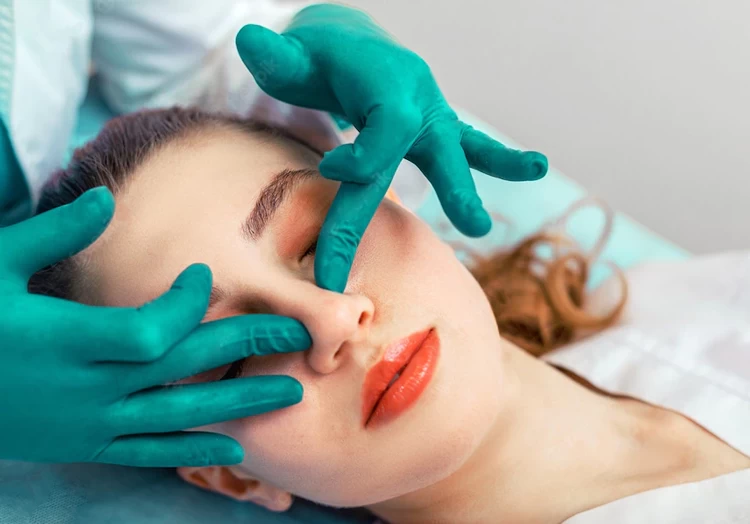
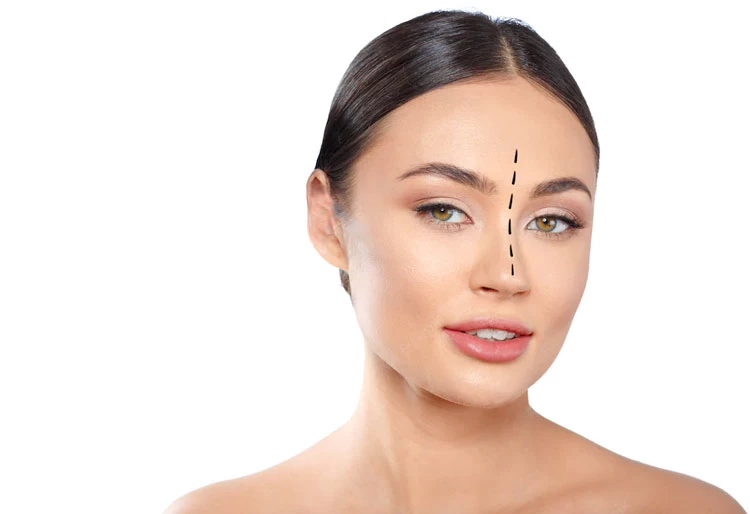


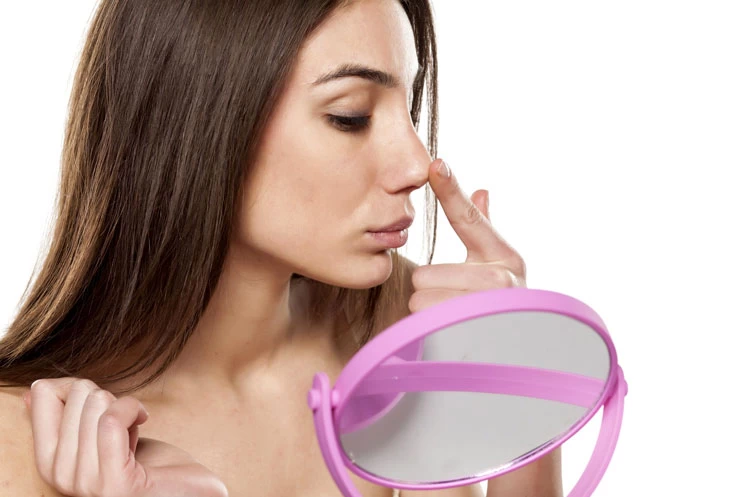
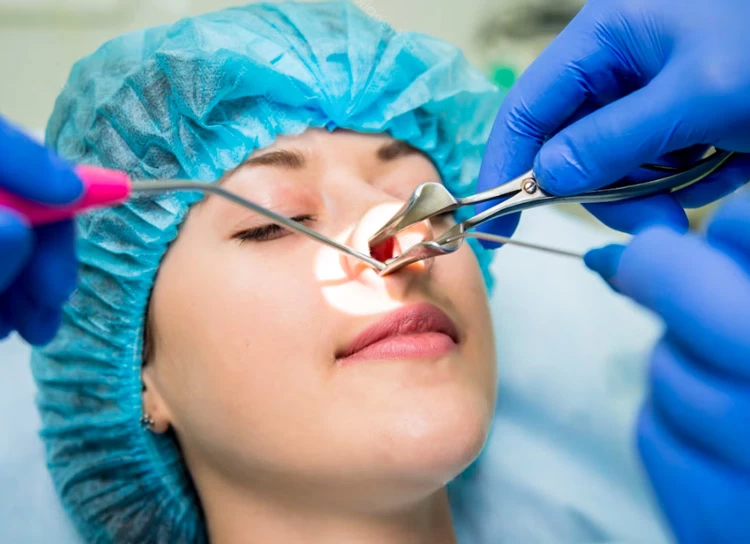
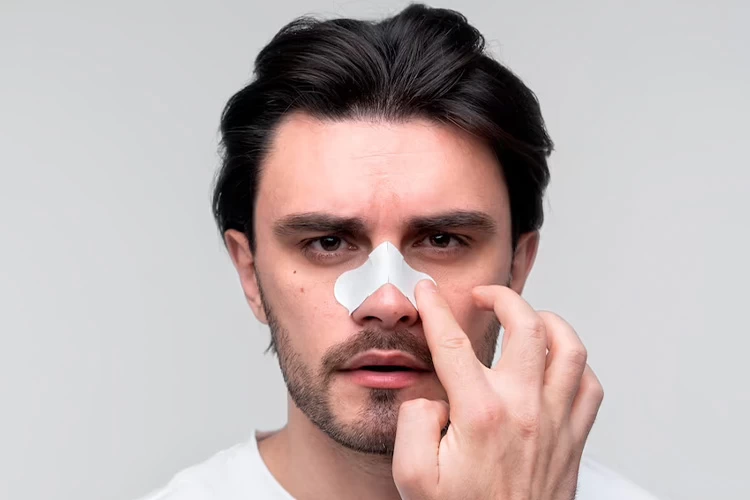
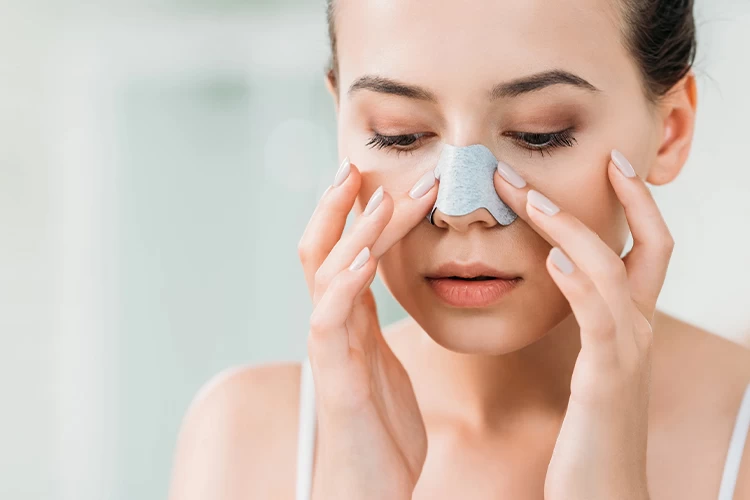



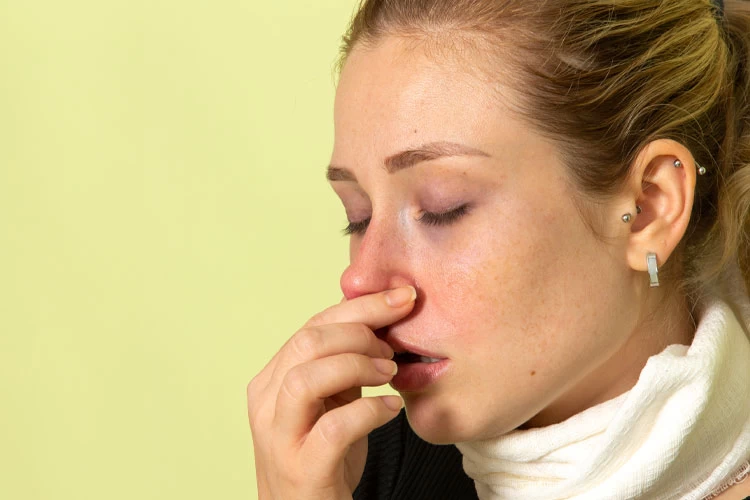
No reviews
Your comment